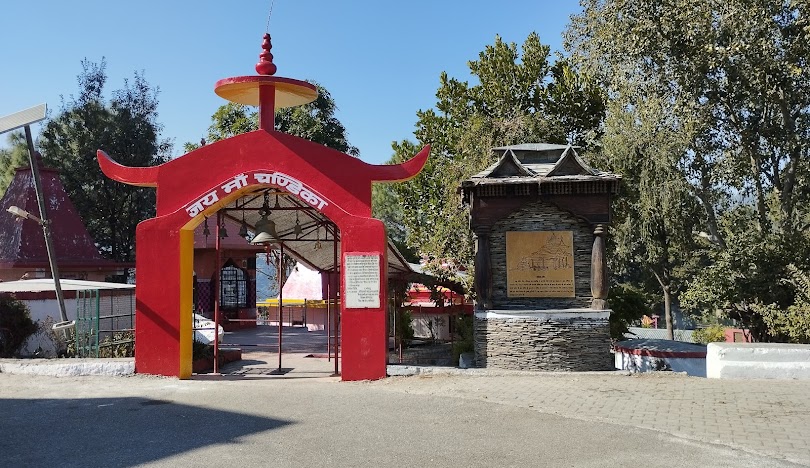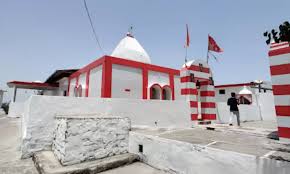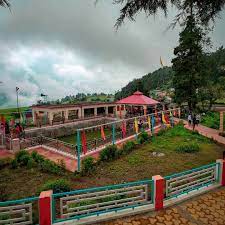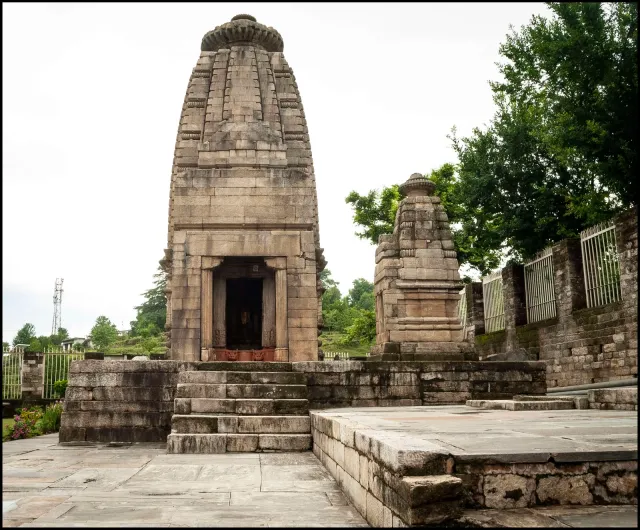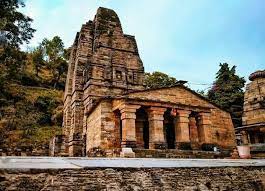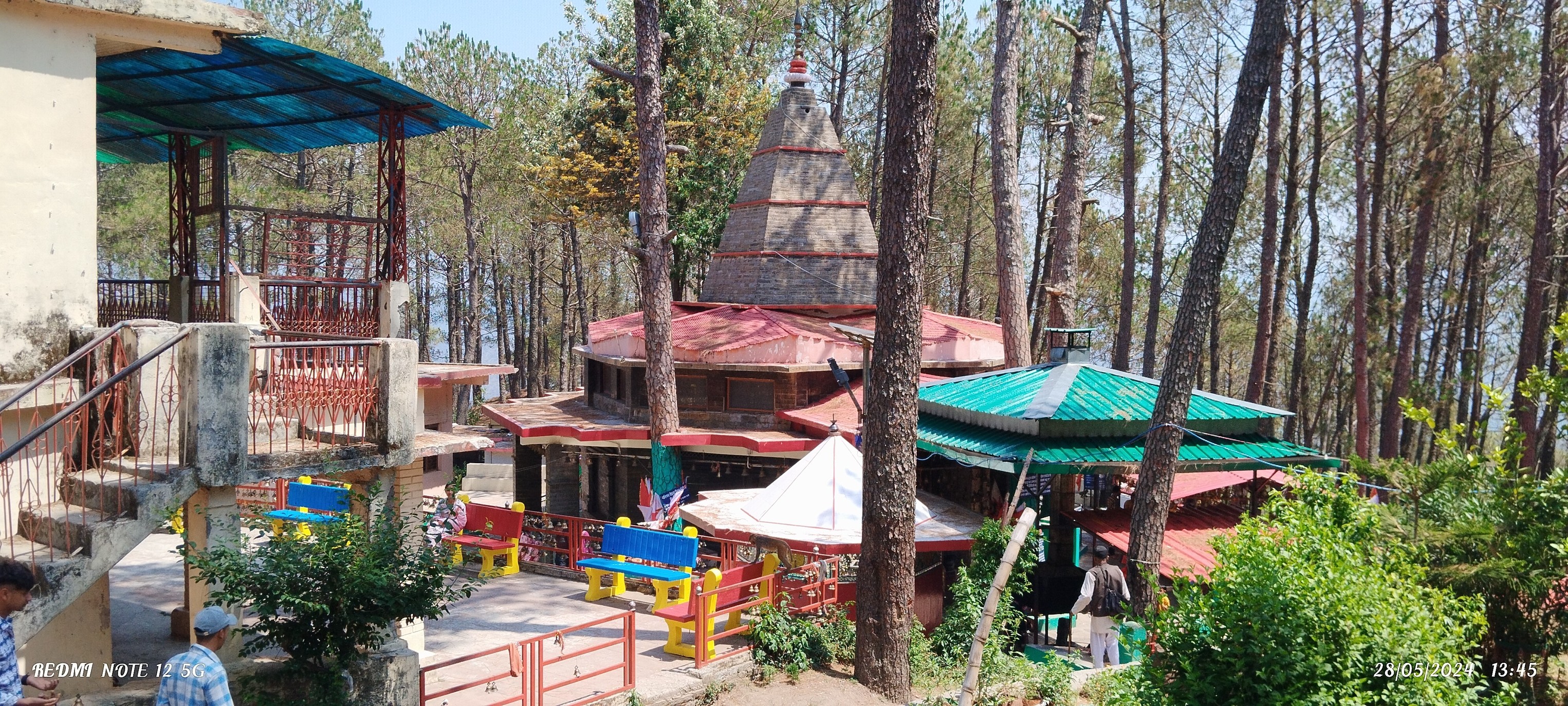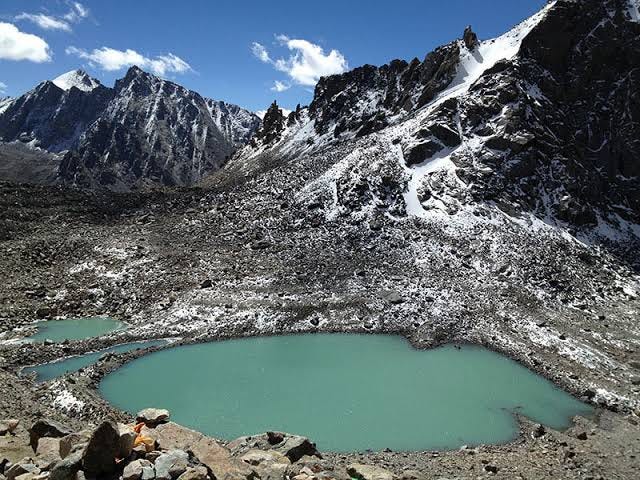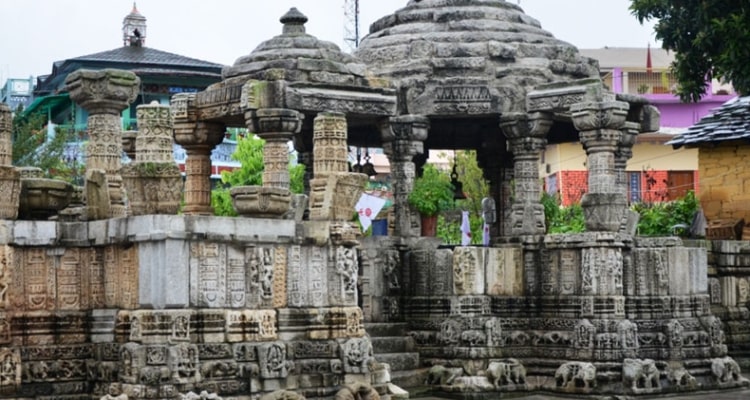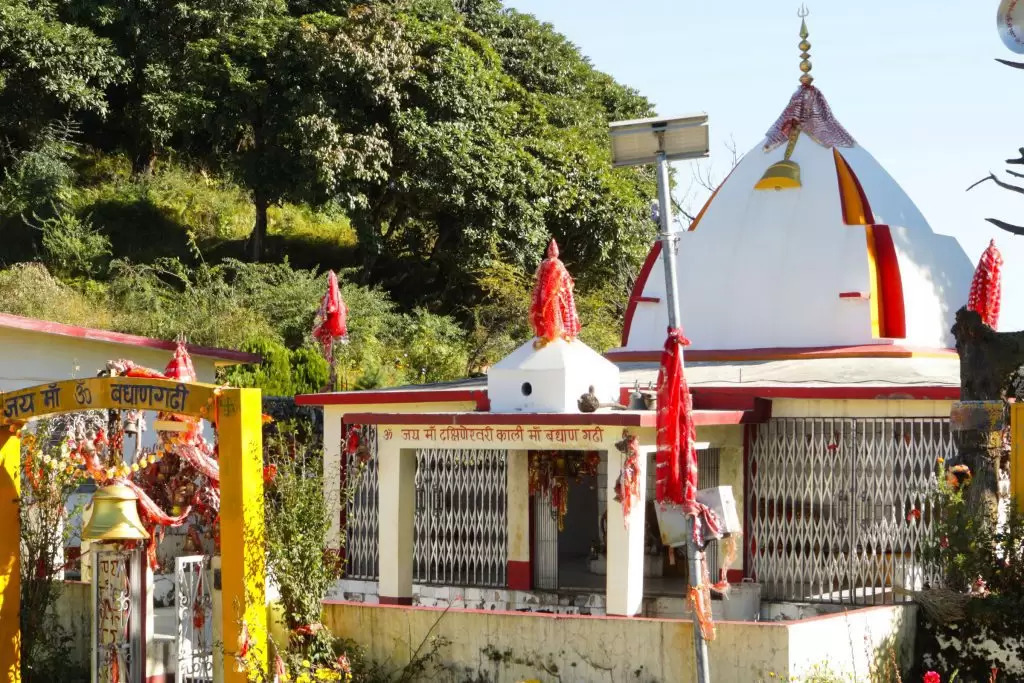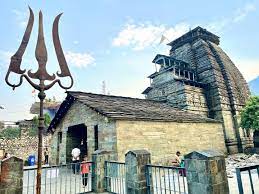The Road Up
Gopeshwar is not always rushing. The metropolis awakens through the years, one shutter at a time, smoke rising off tin rooftops, chai fermenting in tiny shops. If you pass up the street, above the flower stands and prasad companies, you'll hear the bells before you notice the temple. They ring through the morning air, clean and crisp, like they've been ringing for hundreds of years.
Another few turns and here it is, miles. चंडिका देवी मंदिर. Unassuming. Rock partitions, a skyward-open courtyard, nothing flashy. But it remains steadfast on the hill like the very hill is maintaining it.
The Story People Tell
The temple is for देवी चंडिका, the fierce shape of शक्ति. Locals say this is where she fought महिषासुर, the buffalo demon. Her energy stayed here, inside the stone, inside the soil. That’s why the location is called a सिद्धपीठ.
The idol within the sanctum is diminutive. Wrapped in लाल वस्त्र, smeared with sindoor, garlands draped loosely. The priests light lamps; the flame trembles in the stone. Devotees fold their hands, bend down, or sit sometimes. You do not have to do a lot here. Silence speaks mostly.
Rocks That Retain Memory
The walls have stories, too. The earthquake hit this hill in 1999. Cracks went through the courtyard. A few idols were broken. The people thought the temple would fall down. It did not. They fixed it, stone by stone, and if you look closely, you might even see where old and new join. Polished stone next to rough stone. New carving next to moss. Touch the wall and you can feel it. Cold in the morning, warm by noon. Smoother in the places where hands have touched it, rougher in the spots the quake damaged. It's not perfect, and maybe that's why it's real.
The way a Day Unfolds Here
Morning aarti is relaxing. There are people lighting diyas and flowers. Pilgrims come by mid-morning. A few break their journey to Rudranath or Kedarnath. Others live in the neighborhood and come once a week. The boy runs through the courtyard with a tray of sweets, women tie red threads on the railings, and an old man supports himself on the wall and repeats the same prayer again and again.
Evenings are special. Sandhya Aarti is very popular. The bell tolls loudly, chants resound, and lamps shine in the night. The hills listen to the sound and send it back. If you are on the precipice, the forests look blue. The temple seems like a flame in the breeze, swaying but remaining firm.
Again, things change in Navratri. The courtyard is full of people, and bhajans are heard till late at night. The steps have diyas lit on them, and the aroma of incense is prevalent. On दुर्गा अष्टमी, the whole hill is full of devotion.
What You Notice When You Sit
- The temple is not large, but it has weight. Sit for ten minutes and you’ll notice small things:
- The smell of pine carried by the wind
- Dust of sindoor on your fingers after touching the railing
- A child’s laughter breaks through the silence.
- Birds are calling from the forest below.
- The uneven rhythm of bells, never quite in sync, is always alive.
- It’s not polished devotion. It’s raw, every day, lived in.
If You're Visiting
- Where: Gopeshwar, Chamoli district, Uttarakhand
- Nearby: About 2 km from Gopinath Temple, easy to fit in one trip
- When to come: Summer (April–June) and autumn (September–November) are pleasant. Winters are co.ld, monsoons make roads tricky.
- Time: Half an hour to darshan time or longer if seated in Silence.
- Festivals: Navratri and Durga Ashtami have the largest number of
- Bring: Flowers, coconuts, a warm shawl, and patience to navigate mountains.
Getting There
It is approachable by road. There are buses and jeeps from Rudraprayag, Chamoli, and Rishikesh. The nearest airport is Jolly Grant in Dehradun and is 220 kilometers away. The nearest railhead is at Rishikesh. The long journey is worth it as on one side are rivers and on the other side the jungle, while the road winds up till one reaches the town. The temple from the marketplace is an easy, steep climb up.
Why It Matters
While talking about Uttarakhand tourism, names like Badrinath and Kedarnath attract headlines. But small temples like this hold something different. Less spectacle, more silence. Here, devotion isn’t in numbers; it’s in gestures, a lamp lit, a thread tied, a prayer whispered.
As a tourist place in Uttarakhand, it may seem minor on paper. But when you sit in that courtyard, with bells ringing and wind moving through the pines, you realise it’s not minor at all. Faith doesn’t always need size. Sometimes it needs a quiet hill, a cracked stone, and a goddess who still waits.
Walking Away
I left after sunset. Lamps glowed low, the last aarti had ended, and the sky over Gopeshwar turned deep blue. The path down was quiet. My hands smelled of incense, my ears still rang with bells. The town lights flickered in the valley, small as stars.
Chandika Devi Temple stayed behind me on the hill. But some part of it came along too, the silence, the scars, the waiting goddess.

